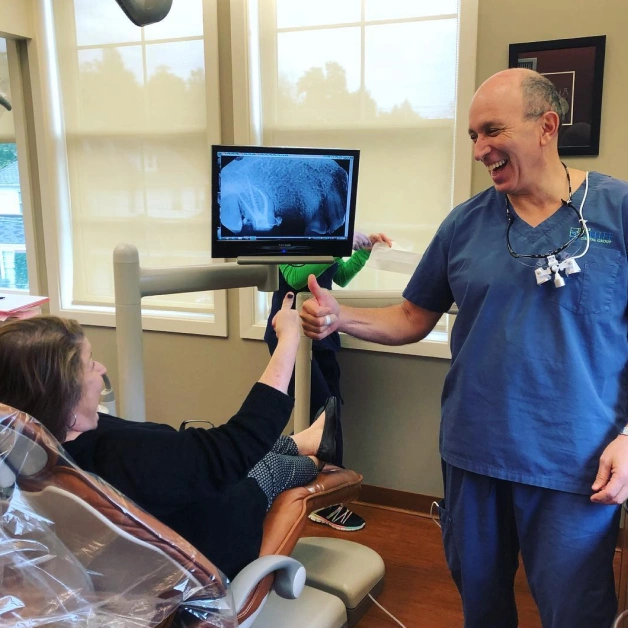
Surgical Care for Gum and Bone Support
Pathology
- Infections of the oral cavity or salivary glands
- Benign or malignant tumors
- Cysts
- Oral or pharyngeal cancer
- Canker sores
- Oral herpes
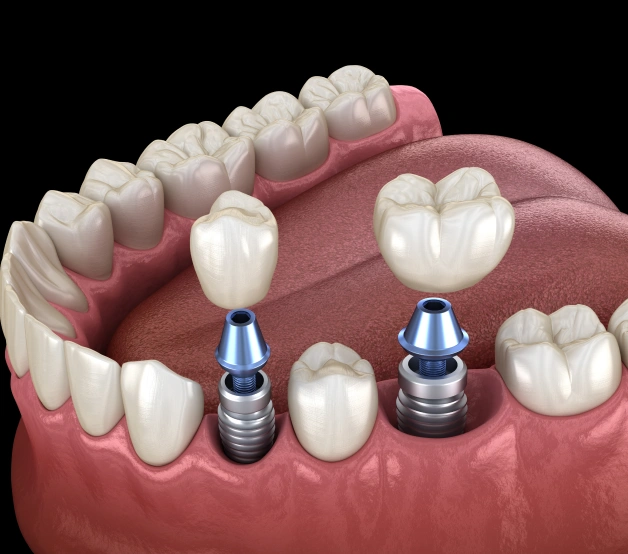
Dental Implant Placement
If you have had a tooth extracted due to decay or impaction, it is important to replace it in order to maintain the structure and functionality of your teeth. Additionally, replacing the tooth can help restore your healthy, confident smile.
One of the top options for tooth replacement is dental implant placement. This procedure boasts success rates of up to 98% and implants look and function like natural teeth. With proper care, dental implants can last a lifetime.
Our skilled dental practitioners in Pennsylvania, including Dr. Jill Moniz, Dr. Lawrence Schiff, and Dr. Reza Hakim Shoushtari, handle dental implant procedures using the latest techniques and technologies in dentistry. They provide efficient and stress-free treatment for their patients.
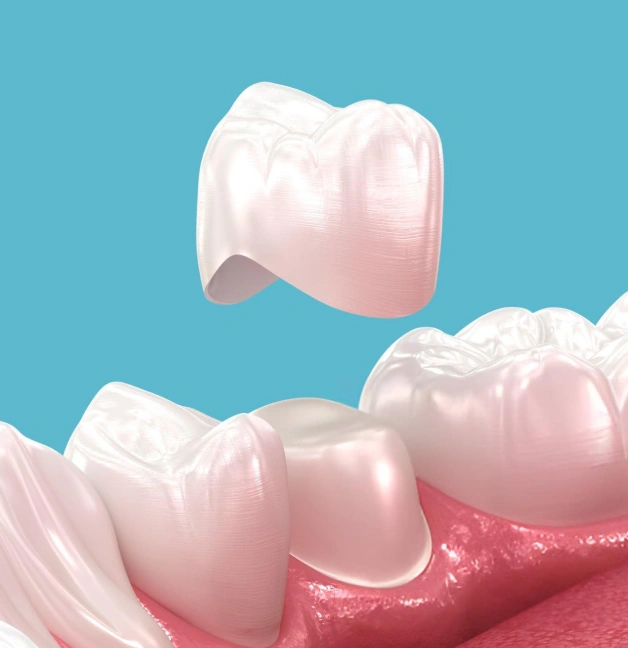
Crown Lengthening
- Correcting gummy smiles
- Exposing the fractured areas of a tooth
- Exposing cavities beneath the gum line
We regret to inform you that not all individuals are eligible for this procedure. Therefore, when you come in for a consultation regarding crown lengthening, we will conduct a pre-surgical evaluation.
This evaluation will involve examining your teeth, gums, and other nearby structures. Additionally, we will assess the amount of tooth exposure needed and the new position of your gum line.
The entire procedure typically lasts about an hour, and you will be able to go home the same day. Following the procedure, we will give you instructions to help with the healing process.
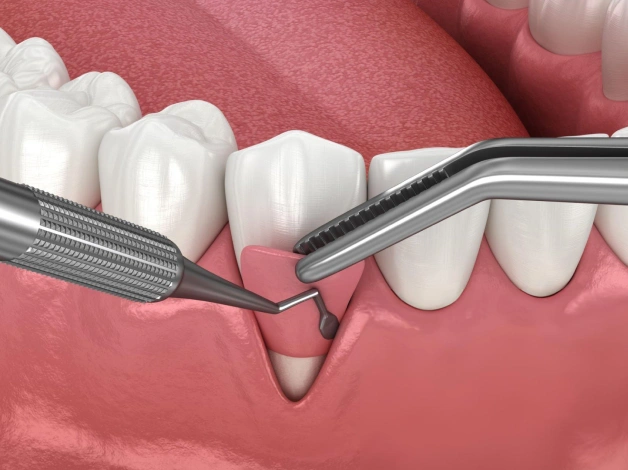
Pocket Reduction
If you are experiencing swollen and bleeding gums, it may be due to plaque buildup between your teeth and gums. If left untreated, this can lead to an infection that can damage your teeth and surrounding bones.
Our pocket reduction procedure involves opening the pockets, removing the plaque, and reattaching the gums to their original position. If the infection is advanced, surgery and other regeneration procedures may be necessary. Contact us to schedule an appointment for an assessment and more information.
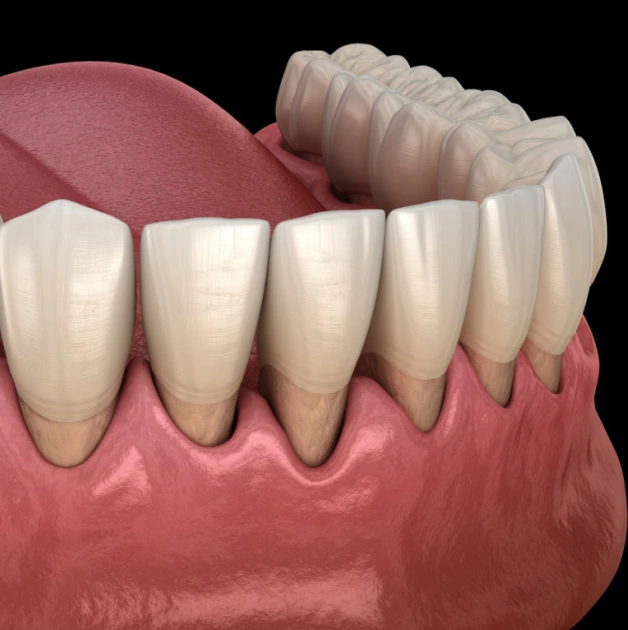
Gum Grafting
- Free gingival graft: this type of graft is suitable for those with thin gums. Graft tissue, which may be taken from the roof of your mouth, will be attached to the gum area for more thickness. This will increase your resistance to infection and also prevent further gum recession.
- Connective Tissue graft: when there’s tooth root exposure, connective tissue graft is the best option. The graft will be stitched to the gum tissue around the exposed root.
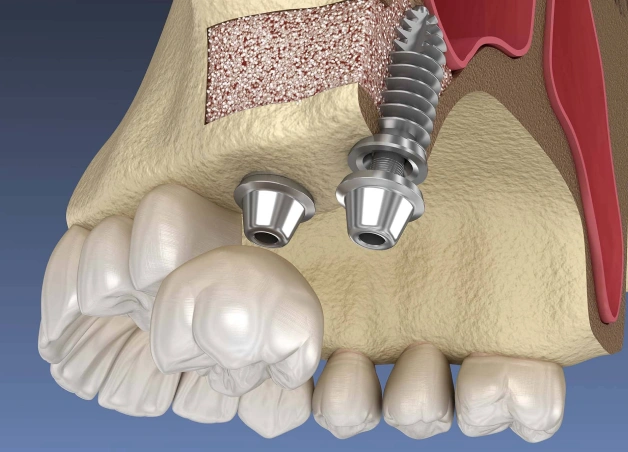
Sinus Lift
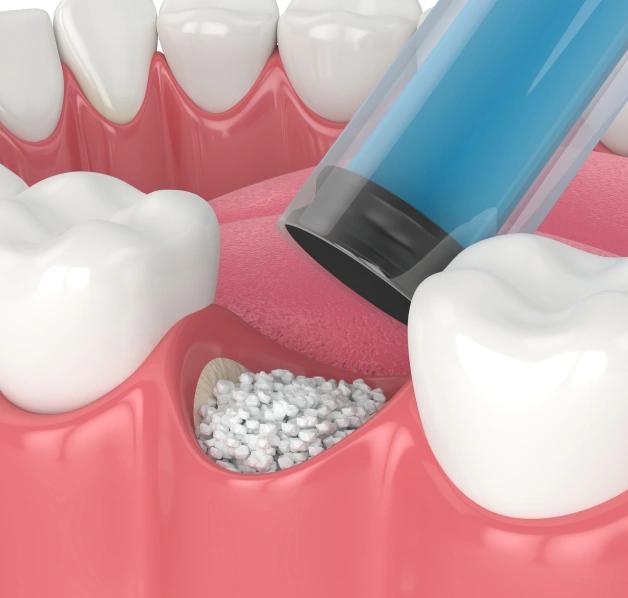
Bone Grafting
Having a tooth extracted without a replacement can lead to thinning of the jawbone, often caused by gum disease. A thin jawbone is unhealthy and can prevent dental implant procedures from being successful. Bone grafting is necessary to improve bone density and support both teeth and dental implants.
Before undergoing the procedure, your jaw will be assessed to determine the best bone grafting options for you. Following the procedure, there will be a waiting period of three to six months before dental implants can be placed. In cases where only minor bone grafting is needed, it can be done on the same day as the dental implant procedure.
Dr. Jill Moniz, Dr. Lawrence Schiff, and Dr. Reza Hakim Shoushtari have decades of dental experience and provide top-notch bone grafting techniques and other dental procedures to their clients.

